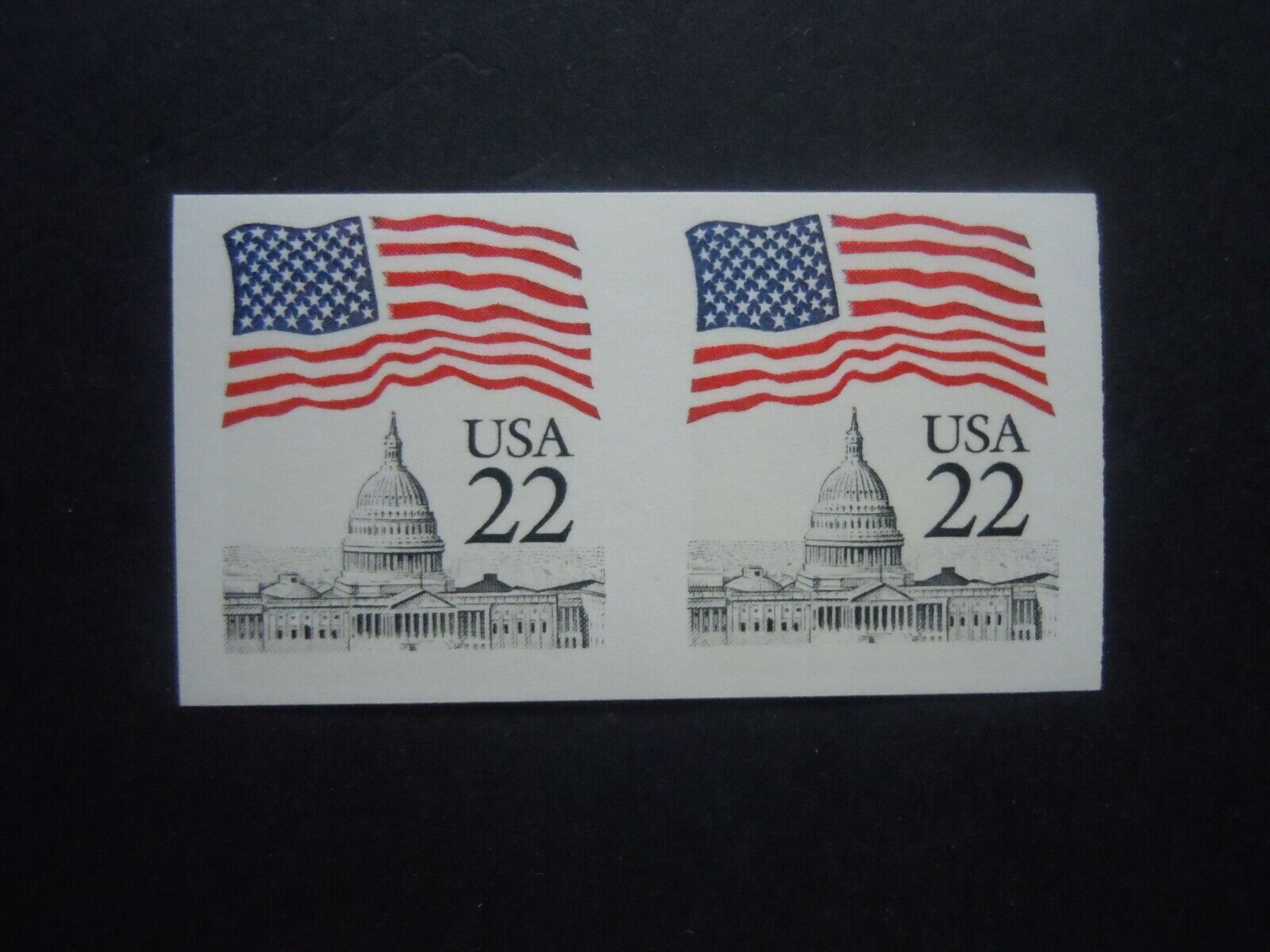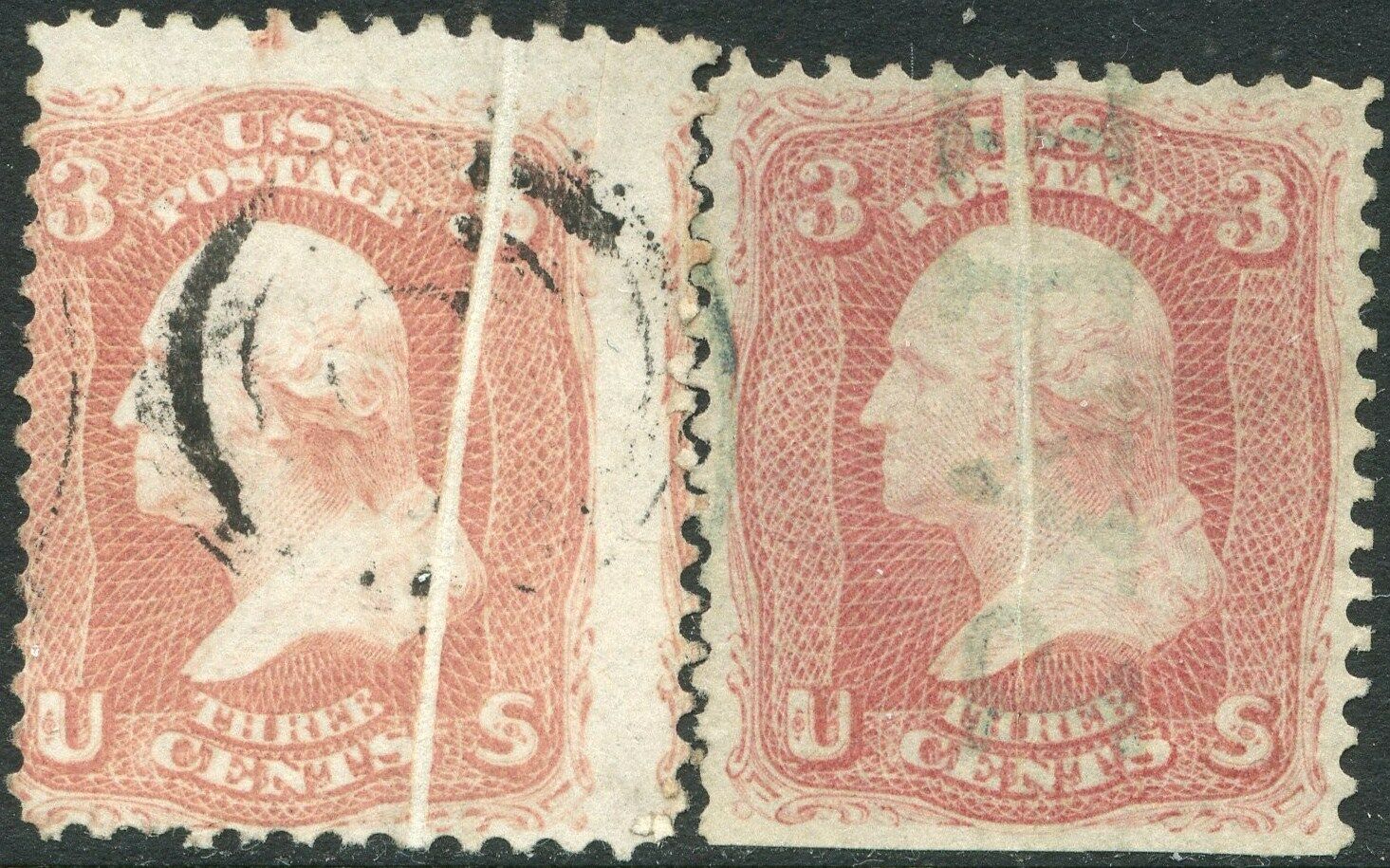-40%
New Zealand 2730a (2004) OLYMPIC Stamp - INVERTED CENTER w/Cert {Scarce/Rare}
$ 166320
- Description
- Size Guide
Description
This item is:Postage Stamp
New Zealand
Gibbons Catalog Number:
2730a
Issued in: 2004
Note: This Olympic stamp was issued in 2004 to honor
Peter Snell
(gold medalist for 800 meters in the Rome Olympics in 1960).
This stamp is
INVERTED
and is:
Extremely Scarce:
(as noted by many dealers &
stamp auctioneers)
Be the first to own this extremely scarce and unique stamp.
'
The World's
first
action-replay
stamp
'
Note: To see the
action replay
on a New Zealand olympic stamp from this issue go to Youtube. Type in "New Zealand Post Olympic Lenticular Stamps" and you will see a 15 second video of the action replay. It is really neat.
Watch it a few times so you can see the movement.
The persons actually move.
Definitely something to talk about.
A real show piece.
American Philatelic Society
Certificate of Authenticity Number 205838 (Dated: 12/17/2013)
"New Zealand, Gibbons No. 2730a, lenticular 3-D image
inverted, unused, on original backing, genuine in all respects." (See picture)
This stamp is
very unique
, because of the following:
1. It is a Olympic stamp.
2. It is a type of hologram stamp as noted:
The technology behind this action stamp is as follows:
The effect of movement is created through a
special printing process
called
Lenticular
. This effect is achieved by two or more images being printed together, or 'inter-laced', into each other. These are printed around the wrong way on the back of a special lens material. Due to the optics in the lens, your eye is forced to see only a very small area of the lens at a certain angle. So, when you tilt the stamp, the images in the stamp appear to move.
3. Cannot be duplicated or forged. (read Historical Note below)
4.
The world's first action-replay stamps
. (see note below)
The following article is from Linn's Stamp News, Sidney, Ohio:
This article first appeared as part of the “World of New Issues” section of Linn’s Stamp News, September 6, 2004. Copyright 2004
Linn’s Stamp News, Sidney, Ohio
"New Zealand added a new twist to its stamps commemorating the 2004 Summer Olympics in Athens. The athletes on the stamps appear to move when the stamps are flipped back and forth. New Zealand Post claims that these are
the world’s first action-replay stamps
, as it calls them. The new issue announcement says, “When we remember our Olympic champions, we often recall the moments, or the split seconds, when they gritted their teeth and rose to the superhuman tasks of becoming Olympic champions....With the twist of a wrist these split seconds of extraordinary human endeavor can be replayed.” The oldest scene shown on the stamps is Yvette Williams winning the gold medal in long jump at the 1952 Helsinki Games. Williams, the first New Zealand woman to win a gold, is commemorated on the 90¢ denomination. Two other stamps in the set also capture track and field athletes in action. The high value of the set New Zealand, 2 August 2004 [Sc 1968-1971]. Set of four stamps commemorating the 2004 Summer Olympics in Athens. The stamps were produced by the lenticular process which combines multiple digital images viewed with a special lens material to create an animated effect. 17 Philateli-Graphics, April 2004 then printed wrong-reading directly to the back of the lens. Due to the optics designed into the lens, your eye is forced to see only a very small area of the lens at a certain viewing angle.” The process dates to the 1930s, and one popular application was on prizes in boxes of Cracker Jack. The athletes honored on the stamps helped to unveil them August 2 at a ceremony in Wellington. Williams said that New Zealand Post had considered placing her on a stamp even before she won the gold medal. “It was first proposed back in 1950 that I be on a stamp, but the New Zealand Amateur Athletics Association said ‘no,’ that it would impinge on my status as an amateur athlete.” Walker said of his appearance on the stamp, “
This is just a big-time wow. It’s absolutely awesome, the ultimate recognition.
” (Linn's Stamp News)
Historical Note:
"2004 Olympics Games Peter Snell (gold medalist for 800 meters in Rome in 1960), center inverted (as
the prismatic plastic design is upside down
). This
spectacular error
was found in a local Hamilton post office and
it
is believed that only
a single pane of 16
was issued.
When a customer, who went to buy a stamp for his overseas mail (he) noticed the error, he (then) came back and purchased the remaining seven stamps (by this time half the pane had already been sold to (the) public and are likely to have been used on mail and (or) subsequently discarded).
One of the examples
has been sold back to New Zealand Post and is currently displayed in the New Zealand National Museum at Te Papa as the
most significant NZ stamp error
after the 1905 4d Taupo inverted center error. The current error was found shortly after release and once NZ Post heard of this problem, the remaining stamps were withdrawn from circulation."
(Cherrystone Philatelic Auctioneers)
"This error has been extensively written up in the NZ Stamp Collector publication (Royal Philatelic Society of New Zealand, Vol. 84 No. 3, September 2004 pp. 96: also Vol. 84 No. 2 June 2006.
The RPSNZ Expert Committee advised that "yes" it was "genuine" and that it was almost certainly
cannot be forged in any way
.
Also any attempt to recreate this variety, which would involve removing the laminate and re-attaching it upside down would not reproduce the left shift (which is very distinctive of this error) or the perforations of the genuine invert,..." (U.S. & Worldwide Stamps & Covers, July 10-13, 2013, pp103)
Note:
The quantity of
16 stamps
has been written up by various auction sites and magazines
. With one stamp in the New Zealand National Museum. The actual quantity is unknown.
Note: Based on the scarcity and availability, I have priced this stamp accordingly,
which may be low based on the quantity available.
Image is of the actual stamp.
The stamp will be insured and have special packaging to protect the stamp before shipping.









